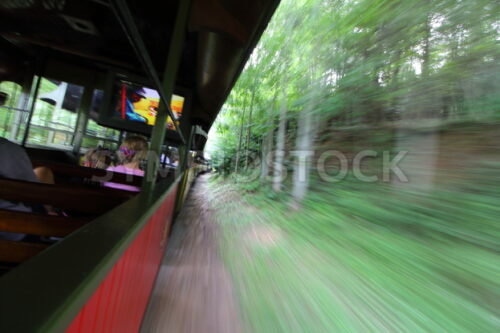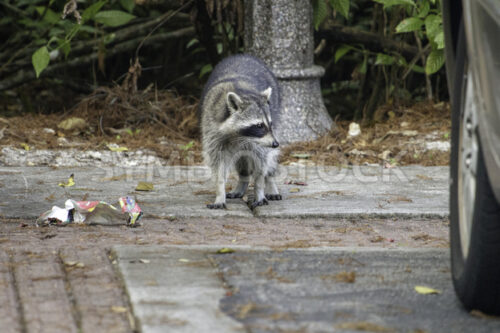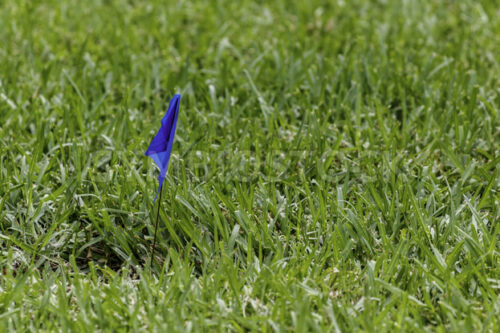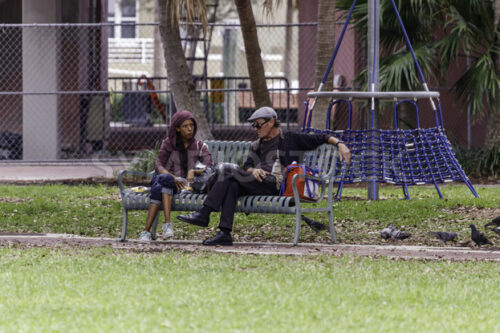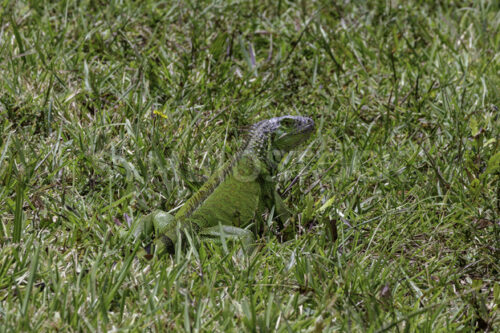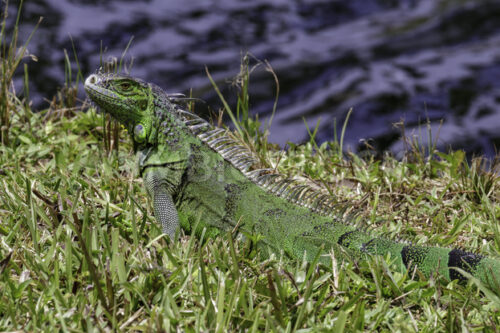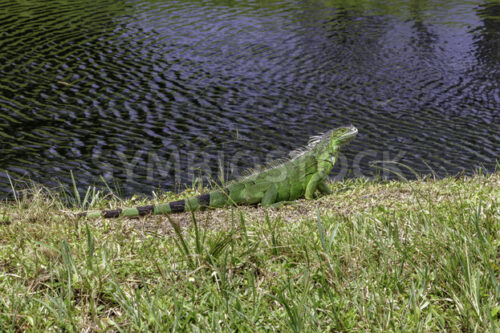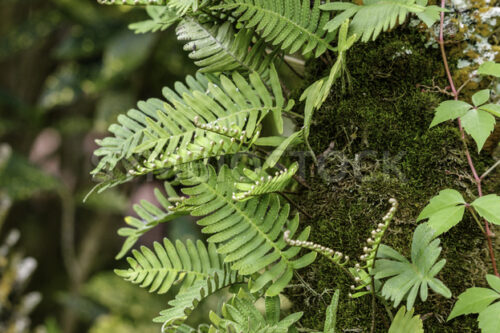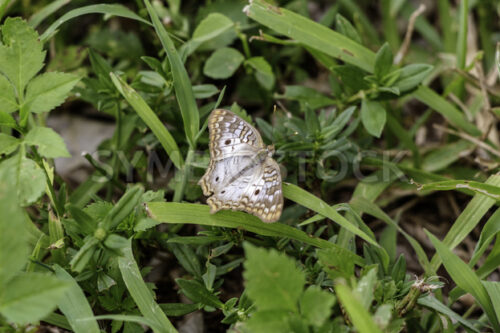- Sale!Boone, North Carolina / USA - July 14, 2018: The big toy train at Tweetsie Railroad theme park for kids up in the smoky mountains with black smoke and tourist passengers having a good run time. Tweetsie Railroad is a family-oriented heritage railroad and Wild West amusement park located between Boone and Blowing Rock, North Carolina, United States. The centerpiece of the park is a 3-mile ride on a train pulled by one of Tweetsie Railroad's two historic narrow-gauge steam locomotives. https://www.shutterstock.com/image-photo/boone-north-carolina-usa-07142018-big-1140659951 #amusementpark #themepark #kids #railroad #trains #locomotives
- Sale!Boone, North Carolina / USA - July 14, 2018: The big toy train at Tweetsie Railroad theme park for kids up in the smoky mountains with black smoke and tourist passengers having a good run time. Tweetsie Railroad is a family-oriented heritage railroad and Wild West amusement park located between Boone and Blowing Rock, North Carolina, United States. The centerpiece of the park is a 3-mile ride on a train pulled by one of Tweetsie Railroad's two historic narrow-gauge steam locomotives. https://www.shutterstock.com/image-photo/boone-north-carolina-usa-07142018-big-1140659951 #amusementpark #themepark #kids #railroad #trains #locomotives
- Sale!Boone, North Carolina / USA - 07/14/2018: The big toy train at Tweetsie Railroad theme park for kids up in the smoky mountains with black smoke and tourist passengers having a good run time.
- Sale!Racoon looking for for food by way of handout, people and garbage receptacle cans at Tall Cypress Natural Area a Broward County Park in Coral Springs.
- Sale!Close up of blue sprinkler marker in Floratam brand St. Augustine grass developed in the 1970's by the University of Florida.St. Augustine grass (Stenotaphrum secundatum) is a water-efficient turf grass used in many warm-season lawns. Several types of St. Augustine are available for lawns, but one of the most popular is 'Floratam' (Stenotaphrum secundatum 'Floratam'). Since its introduction by the University of Florida and Texas A & M University in 1973, this variety has become one of the most produced and prevalent St. Augustine grasses used in warm-season lawns.St. Augustine grass is a warm-season grass that is hardy in U.S. Department of Agriculture plant hardiness zones 8 through 10. This broad-bladed, medium-green turf grass thrives in sunny locations, but unlike some sun-loving grasses, it also has a high shade tolerance. Common St. Augustine grass grows quickly during summer, but more slowly in fall and spring. It is a salt- and drought-tolerant grass that requires moderate maintenance.Like most St. Augustine grasses, Floratam is coarse-textured grass, but a distinguishing feature of Floratam is its longer and wider leaf blades. This dark-green cultivar grows rapidly in both spring and summer. It is less cold and shade tolerant than other St. Augustine grass cultivars and can suffer from freeze damage when temperatures stay below freezing for an extended period of time; it is hardy only in USDA zones 9 and 10. Floratam needs plenty of sunshine and will perform poorly if it receives less than six hours of sunlight a day.Floratam can be established by sod, sprigs or plugs. For the first seven to 10 days after planting, water grass several times a day for five to 10 minutes. Established Floratam should be cut to a height of 3 1/2 to 4 inches, watered 1 inch weekly and fertilized every four to eight weeks with 1/2 to 1 pound nitrogen per 1,000 square feet. Do not over-water or overfeed - use less than 4 pounds of nitrogen per 1,000 square feet annually - as this leads to thatch buildup. When mowing, be careful not to scalp the grass, cutting it low enough to expose the dirt, because weeds can establish in the damaged area.When Floratam was first introduced, it was chinch bug resistant – the most common pest problem that plagues St. Augustine grasses. Over time, though, this attribute lessened. You will know if your lawn is afflicted with chinch bugs if yellow-to-brown patches exist in the turf. It normally appears first in water-stressed areas of the lawn or near sidewalks. If chinch bugs are a significant problem, your lawn may need to be treated with an insecticide.
- Sale!Fort Lauderdale, Florida / USA - 2/27/2019: A homeless african american black man is a product of american racism and bigotry on a park bench with no job, mad, depressed and panhandling for money.
- Sale!Broward County and all of South Florida including Miami-Dade County, Palm Beach County and Monroe County have a huge problem of these non-native and very invasive Green Iguanas. While they are typically only plant eating, (i.e. Hibiscus flowers) they have no natural predator to keep them in check within the food chain. Populating near waterways, they are breeding and becoming larger in numbers each year. Problems include damaged vegetation, residential home intrusion and damage to property with their high acidic faecal matter. Homeowners have been hiring pest removal services, reporting them to their local municipalities and have even gone to the extreme of killing these lizard on their own. The Green Iguana can grow quite large when unchecked by nature and an endless source of food, most local residents consider them pests and unwanted inhabitants to their yards and would like to see them gone. Invasive non-native Green Iguana lizard in the grass near brackish rainwater runoff and drainage canal between the Everglades and intercoastal in South Florida near Fort Lauderdale, Broward County. Actually found near the Arby’s off of University drive in Plantation between the road and the parking lot swale area.
- Sale!Broward County and all of South Florida including Miami-Dade County, Palm Beach County and Monroe County have a huge problem of these non-native and very invasive Green Iguanas. While they are typically only plant eating, (i.e. Hibiscus flowers) they have no natural predator to keep them in check within the food chain. Populating near waterways, they are breeding and becoming larger in numbers each year. Problems include damaged vegetation, residential home intrusion and damage to property with their high acidic faecal matter. Homeowners have been hiring pest removal services, reporting them to their local municipalities and have even gone to the extreme of killing these lizard on their own. The Green Iguana can grow quite large when unchecked by nature and an endless source of food, most local residents consider them pests and unwanted inhabitants to their yards and would like to see them gone. Invasive non-native Green Iguana lizard in the grass near brackish rainwater runoff and drainage canal between the Everglades and intercoastal in South Florida near Fort Lauderdale, Broward County. Actually found near the Arby’s off of University drive in Plantation between the road and the parking lot swale area.
- Sale!Broward County and all of South Florida including Miami-Dade County, Palm Beach County and Monroe County have a huge problem of these non-native and very invasive Green Iguanas. While they are typically only plant eating, (i.e. Hibiscus flowers) they have no natural predator to keep them in check within the food chain. Populating near waterways, they are breeding and becoming larger in numbers each year. Problems include damaged vegetation, residential home intrusion and damage to property with their high acidic faecal matter. Homeowners have been hiring pest removal services, reporting them to their local municipalities and have even gone to the extreme of killing these lizard on their own. The Green Iguana can grow quite large when unchecked by nature and an endless source of food, most local residents consider them pests and unwanted inhabitants to their yards and would like to see them gone. Invasive non-native Green Iguana lizard in the grass near brackish rainwater runoff and drainage canal between the Everglades and intercoastal in South Florida near Fort Lauderdale, Broward County. Actually found near the Arby’s off of University drive in Plantation between the road and the parking lot swale area.
- Sale!Broward County and all of South Florida including Miami-Dade County, Palm Beach County and Monroe County have a huge problem of these non-native and very invasive Green Iguanas. While they are typically only plant eating, (i.e. Hibiscus flowers) they have no natural predator to keep them in check within the food chain. Populating near waterways, they are breeding and becoming larger in numbers each year. Problems include damaged vegetation, residential home intrusion and damage to property with their high acidic faecal matter. Homeowners have been hiring pest removal services, reporting them to their local municipalities and have even gone to the extreme of killing these lizard on their own. The Green Iguana can grow quite large when unchecked by nature and an endless source of food, most local residents consider them pests and unwanted inhabitants to their yards and would like to see them gone. Invasive non-native Green Iguana lizard in the grass near brackish rainwater runoff and drainage canal between the Everglades and intercoastal in South Florida near Fort Lauderdale, Broward County. Actually found near the Arby’s off of University drive in Plantation between the road and the parking lot swale area.
- Sale!Broward County and all of South Florida including Miami-Dade County, Palm Beach County and Monroe County have a huge problem of these non-native and very invasive Green Iguanas. While they are typically only plant eating, (i.e. Hibiscus flowers) they have no natural predator to keep them in check within the food chain. Populating near waterways, they are breeding and becoming larger in numbers each year. Problems include damaged vegetation, residential home intrusion and damage to property with their high acidic faecal matter. Homeowners have been hiring pest removal services, reporting them to their local municipalities and have even gone to the extreme of killing these lizard on their own. The Green Iguana can grow quite large when unchecked by nature and an endless source of food, most local residents consider them pests and unwanted inhabitants to their yards and would like to see them gone. Invasive non-native Green Iguana lizard in the grass near brackish rainwater runoff and drainage canal between the Everglades and intercoastal in South Florida near Fort Lauderdale, Broward County. Actually found near the Arby’s off of University drive in Plantation between the road and the parking lot swale area.
- Sale!Pleopeltis polypodioides aka Resurrection fern typically grows out of live oak trees, epiphytic, with moss and other vines up close. Found in south Florida near the Everglades, Miami & Palm Beach.




